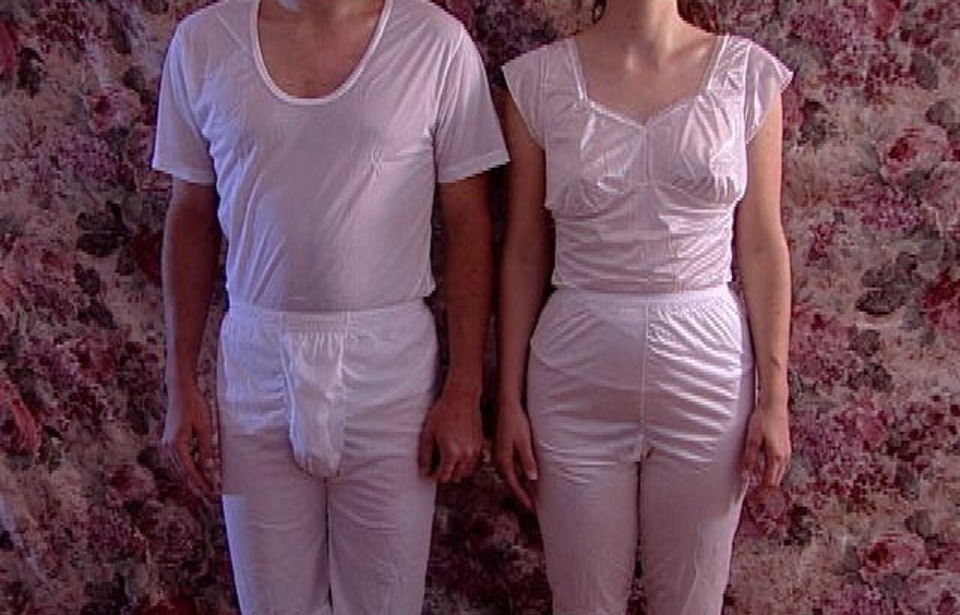Mormon temple garments, also known as sacred or ceremonial clothing, hold significant religious importance within the context of the Church of Jesus Christ of Latter-day Saints (LDS). Devout members wear these special underclothes as a symbol of their commitment to the faith and their devotion to God. Believe it or not, you’ve probably seen them before, even if you didn’t realize – like on American politician Mitt Romney. Read on to discover the origins and purpose of this sacred underwear.
Importance to the church
Colloquially called Mormon underwear, the temple garment is one of the many important symbols of the LDS. It is only worn by adults after they have had their endowment – a special two-part ceremony that brings church members closer to God and their faith. Afterward, the undergarments become part of their daily life. Men and women are expected to wear them constantly although there are exceptions for activities like playing sports or going to the beach.
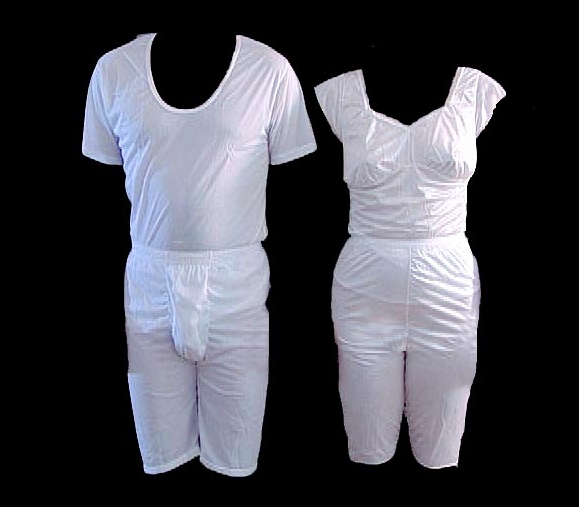
According to the church, the purpose is to serve as “a reminder of the sacred covenants made with the Lord in His holy house, a protective covering for the body, and a symbol of the modesty of dress and living that should characterize the lives of all the humble followers of Christ.” The pieces look like a t-shirt and shorts, with a more feminine female version. They are white, as it “symbolizes purity and helps assure modesty (…),” and to cover the garments the wearer must don conservative clothing.
History of Mormon garments
This clothing has been around for a long time, with church teachings dating it to when the Bible was written. In actuality, they weren’t implemented until 1840 by profit and LDS founder Joseph Smith. The original design was essentially a one-piece jumpsuit with a high collar and an open crotch held together with ties. There were four marks made on the fabric, first by cutting them and later by embroidering them.
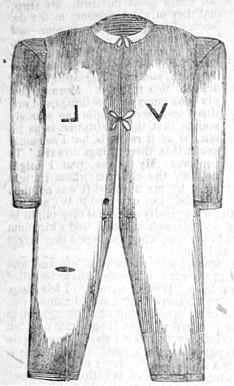
The L-shaped symbol called ‘the Square’ represented “the justice and fairness of our Heavenly Father, that we will receive all the good that is coming to us or all that we earn, on a square deal,” the V-shaped symbol called ‘the Compasses’ represented “the North Star,” and horizontal line over the knee represented “that every knee shall bow and every tongue confess that Jesus is the Christ.” This original design was used until 1923 when some changes were made, much to the chagrin of LDS fundamentalists.
Modern use
In the 1930s, the LDS created their own clothing company specifically to produce these Mormon garments. This meant that they had to create a more standard design in the 1970s that evolved into the modern two-piece design. If you’re wondering whether these garments are still worn, the answer is yes. In fact, public curiosity surrounding them peaked in 2012 when Mitt Romney, a devout LDS member, ran for president. A photo was taken of him in a white collared shirt which clearly showed the outline of his temple garment.
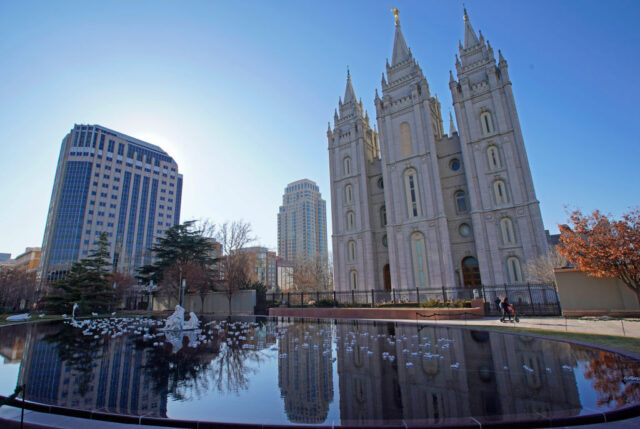
This underwear is strictly regulated, as church members aren’t allowed to make their own. They must purchase them from the LDS. There is, however, some leniency. For example, members of the military are allowed to purchase sand-colored garments for them to wear with their uniforms or have other uniform t-shirts embroidered with the Mormon garment symbols.
Mormon garments aren’t ‘magic underwear’
In this age of social media, it’s no wonder that the secret temple garment isn’t so secret anymore. Non-church members have even taken to calling it “Mormon magic underwear,” something that has caused significant discontent within the LDS. In 2014 they released a statement saying, “These words are not only inaccurate but also offensive to members of The Church of Jesus Christ of Latter-day Saints. There is nothing magical or mystical about temple garments (…).”
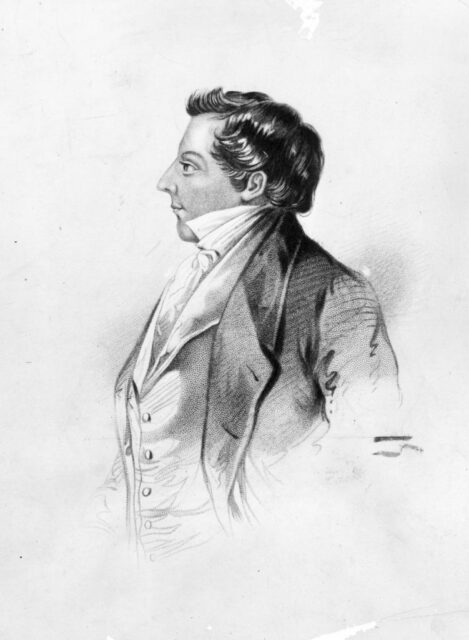
The publicity of Mormon garments has only increased as more church women have spoken out about problems with them. They aren’t against wearing the garments, but they are opposed to the design, which is very uncomfortable to female anatomy. As one member bluntly put it, “People are scared to be brutally honest, to say: ‘This isn’t working for me. It isn’t bringing me closer to Christ, it’s giving me UTIs.'”
More from us: Enochian Was the ‘Language of Angels’ Created by Two Occultists
Yet there are many who are still avid supporters of the Mormon garment. A 2016 poll showed that only 14 percent of members thought it was okay to take off the undergarments due to discomfort. Despite there being some movement to re-design this old-fashioned garment, it won’t be going anywhere anytime soon.
